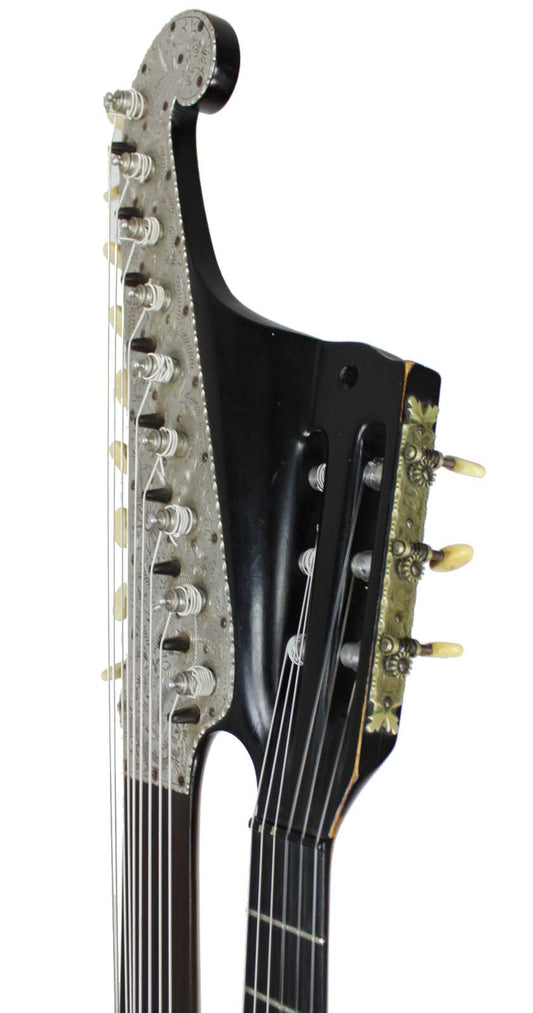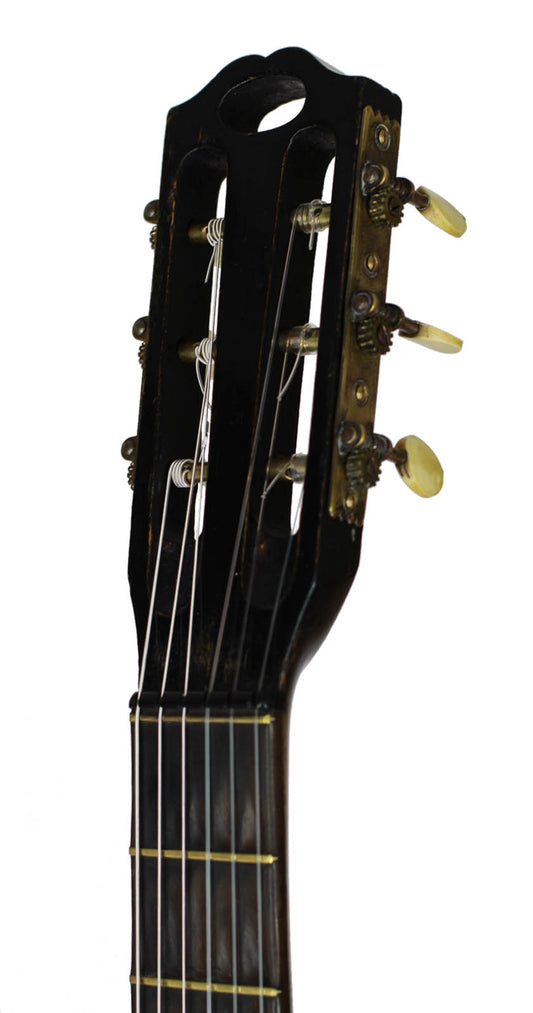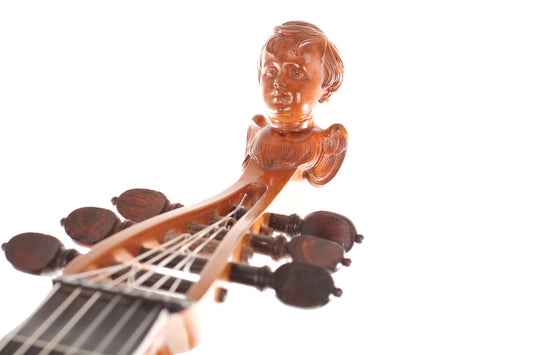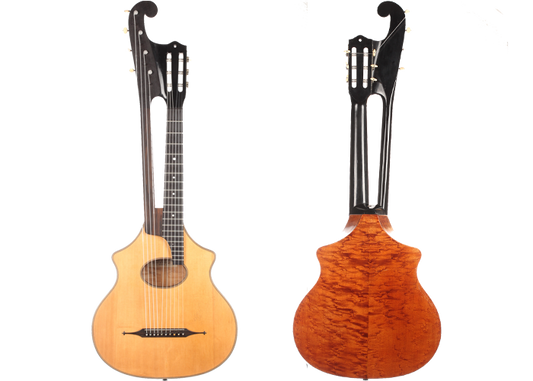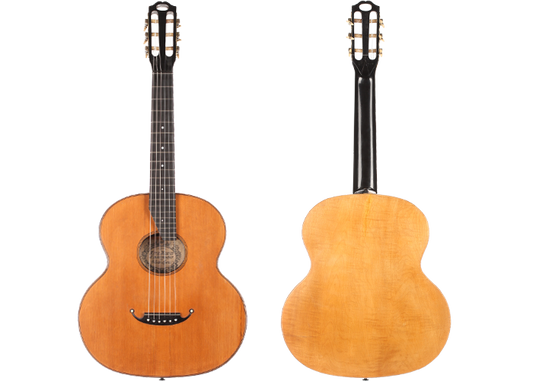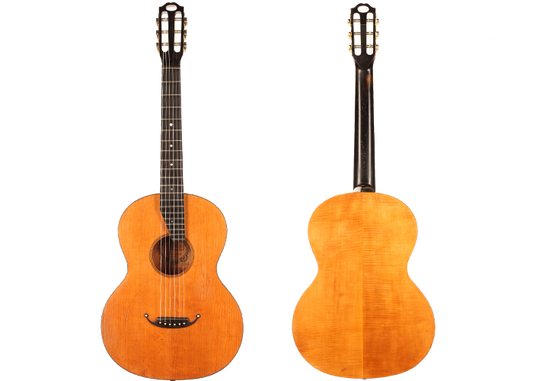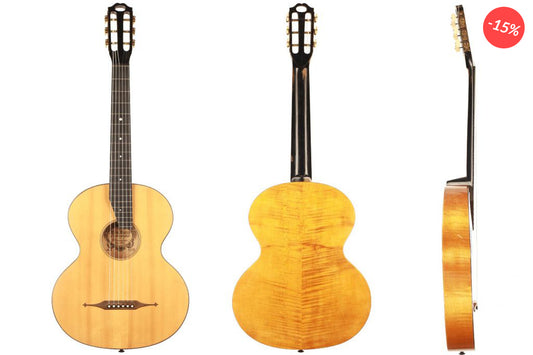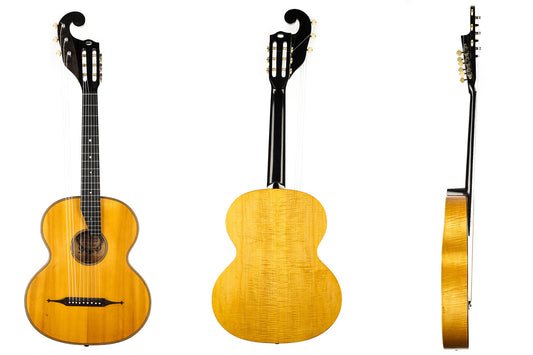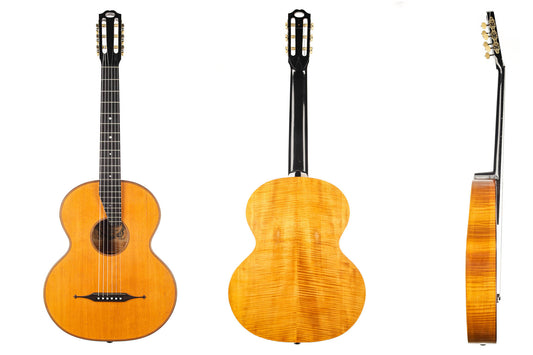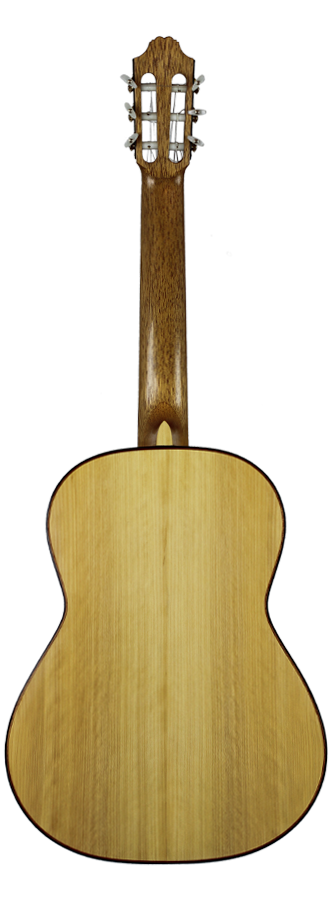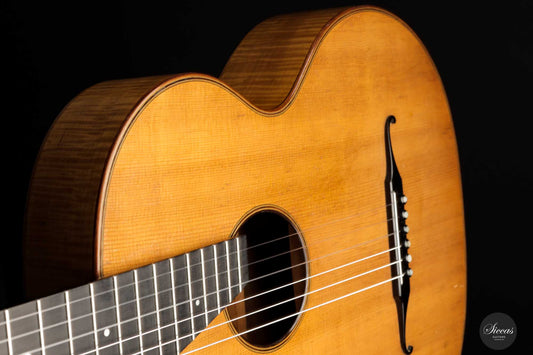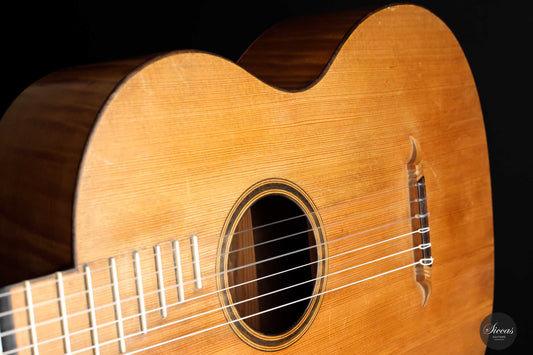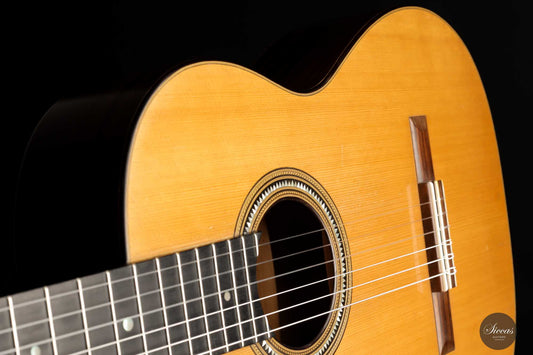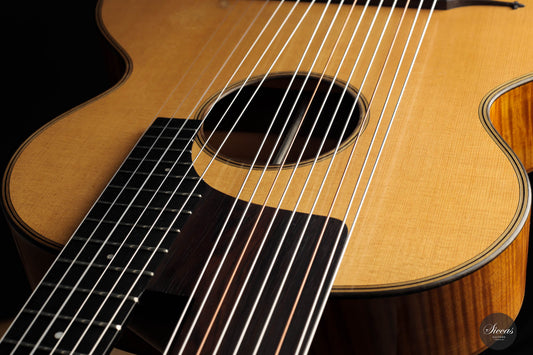Hermann Hauser I
-
Luthier: Hermann Hauser I
-
Luthier: Hermann Hauser I
-
Luthier: Hermann Hauser I
-
Luthier: Hermann Hauser I
-
Luthier: Hermann Hauser I
-
Luthier: Hermann Hauser I
-
Luthier: Hermann Hauser I
-
Luthier: Hermann Hauser ILuthier: Rare GuitarsLuthier: Seltene Gitarren
-
Luthier: Hermann Hauser I
-
Luthier: Hermann Hauser I
-
Luthier: Hermann Hauser I
-
Luthier: Hermann Hauser I
-
Luthier: Henner HagenlocherLuthier: Hermann Hauser I
-
Luthier: Hermann Hauser I
-
Luthier: Hermann Hauser I
-
Luthier: Hermann Hauser I
-
Luthier: Hermann Hauser I
-
Luthier: Hermann Hauser I
-
Luthier: Hermann Hauser ILuthier: Rare Guitars
-
Luthier: Hermann Hauser I
You may also be interested Hermann Hauser I
Hermann Hauser I – A Legacy in Guitar Making
Hermann Hauser I, a luminary in the world of guitar craftsmanship, left a lasting mark on the art of guitar making. Building upon the foundations laid by his father Josef Hauser, his journey from apprentice to master guitar maker was driven by innovation and dedication.
A Musical Legacy
The Hauser family’s connection to music became evident early on, as Josef Hauser crafted zithers, guitars, and violins in his workshop. Their musical activities extended to music retail and composition. Hermann Hauser I began his path by learning zither making under his father’s guidance. Like his sister Marie, who became a guitar and lute teacher, his musical education was further shaped under the tutelage of Munich chamber virtuoso Josef Wimmer.
Contributions to the Guitar Movement
Hauser’s influence extended beyond his workshop. As a member of the “Gitarristische Vereinigung München” from 1909, he played an active role in the guitar movement. His participation in the Munich Guitar Quartet, alongside Fritz Bük, Mela Feuerlein, and Hans Tempel, further strengthened his position within the guitar community.
Crafting a Legacy
He initially worked at Braun & Hauser, the successor to his father’s company. There, his skills as a guitar and zither maker flourished. The commercial success of his instruments enabled him to acquire the firm of Max Amberger in 1921, continuing the production of zithers. In guitar making, he developed a distinctive style that merged elements from the designs and construction methods of Antonio de Torres with his own insights. Between 1920 and 1930, he patented several innovations in soundboard construction and neck-to-body joints.
International Acclaim
The turning point for the “Hermann Hauser” brand came in 1937, when the acclaimed Spanish guitarist Andrés Segovia switched from a Manuel Ramírez guitar to one built by Hermann Hauser I. This moment catalyzed the brand’s international recognition. British guitarist Julian Bream also played a Hauser I guitar from 1936 to 1947, later transitioning to a guitar made by Hermann Hauser II around 1960.
A Legacy Continues
After the passing of his wife Emma in 1943, Hauser took over her string manufacturing business in Munich until 1944. Battling asthma, he relocated to Reisbach in Lower Bavaria in 1946, where he married Karolina Felizitas. After his death, his legacy was carried forward by his son Hermann Hauser II (1911–1988) and later by his grandson Hermann Hauser III. Since 2010, Kathrin Hauser, the daughter of Hermann Hauser III, has also contributed as a guitar maker in the Reisbach workshop.
Conclusion
The influence of Hermann Hauser I continues to resonate across generations. His dedication to craftsmanship, innovative approach, and musical sensibilities laid the foundation upon which the Hauser legacy thrives. His guitars remain cherished by musicians and collectors, echoing the harmonies of the past while shaping the future of guitar making.





